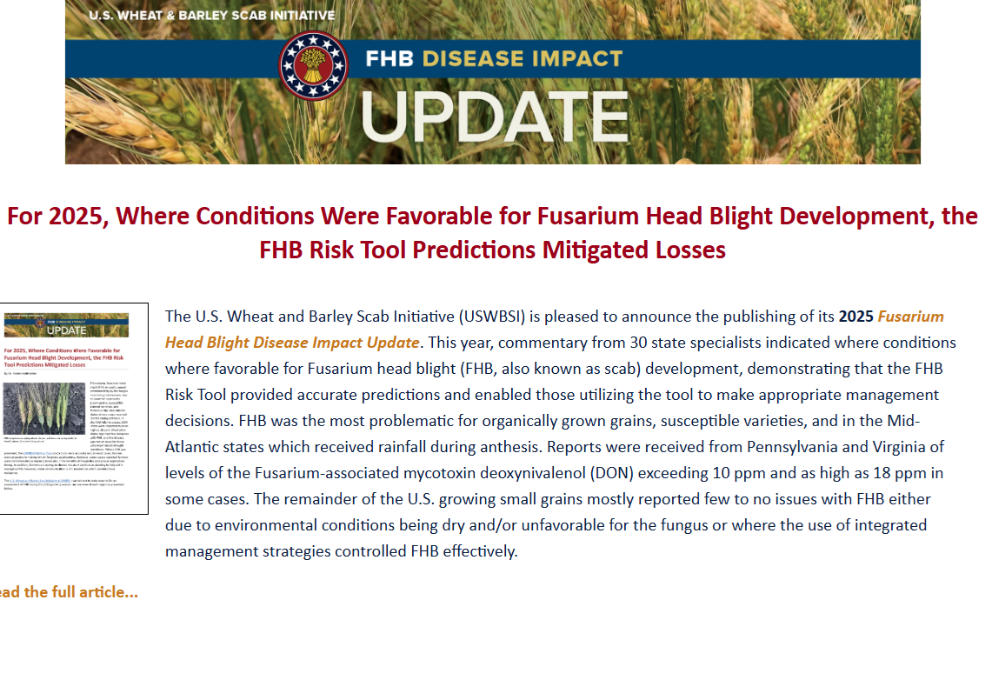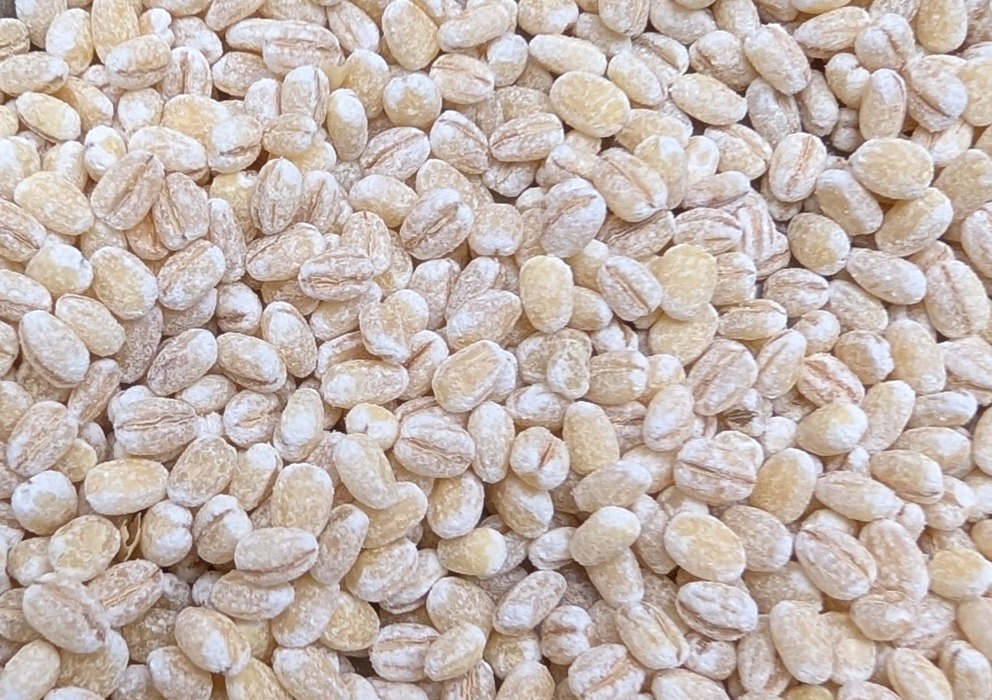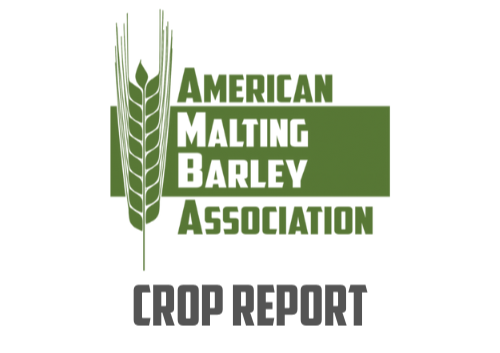
Practical insights from field to malt based on multi-environment trials
New research from the University of California, Davis, reveals that the environment—specifically the location and crop year—plays a significant role in determining barley yield, protein content, and grain size. This research was conducted by Dr. Maany Ramanan, a recent PhD graduate under the guidance of Professors Glen Fox and Christine Diepenbrock. Her work proved factors like soil type, weather patterns, and farming practices have a major impact on these traits. For instance, a particularly wet or dry year can significantly influence a barley crop's protein levels and size. The research received funding support from the American Malting Barley Association. Understanding and adapting to local environmental conditions can help optimize these critical aspects of barley production.
While the environment is a major factor in determining barley quality, it can also interact with the genetic makeup of a barley variety. The study found that the interaction between the type of barley (genotype) and crop year significantly affects the weight of the grain. This insight underscores the importance of selecting the right barley variety for an upcoming season and keeping detailed records of yearly conditions to enhance crop outcomes.
Starch is an essential component in barley that influences its malting quality. Maany’s research found that environmental factors largely determine starch content and its structural properties. For instance, the onset and end of starch gelatinization (the temperature at which starch begins to break down and is fully broken down, respectively) are mostly influenced by the crop year. However, the overall texture of the grain (coarse vs. fine) is variable based on the genetic makeup of a variety. In simpler terms, depending on the weather conditions and the barley variety chosen, the quality of the starch in the barley can vary.
Using advanced proteomic techniques, the research team identified and analyzed over 3,000 proteins in barley. This study is the first to report how different genotypes, locations, and crop years impact the abundance of these proteins. The results showed that location, genotype, and year all play important roles in protein composition. For example, certain proteins were found in higher or lower amounts in specific locations, genotypes, or years. They also found a way to isolate the alcohol-soluble proteins (including hordeins and glutelins) from barley, which make up anywhere between 50-75% of the total protein content. Interestingly, alcohol-soluble protein is more impacted by the environment than total protein content. Therefore, it is important to think about protein quality as a complex, moving target, rather than solely relying on total protein content as a quality indicator.
The research also introduced the use of proteomics combined with machine learning to predict barley quality traits. This innovative approach showed promising results in predicting traits like total protein content and malt quality. Imagine having the ability to predict the quality of barley before harvest. This technology can help farmers make informed decisions about which barley varieties to plant, how to manage fields, and even how to market crops based on their predicted quality.
Practical takeaways for farmers and maltsters
Select barley varieties well-suited to the location’s soil and climate conditions. This can help maximize yield and quality.
Keep a close eye on weather patterns and adjust farming practices accordingly. Environmental factors significantly impact barley traits.
Stay informed about new technologies like proteomics and machine learning that can help predict crop quality. These tools can provide valuable insights and help make better farming decisions. The first step is to start tracking quality parameters each season and finding ways to interpret the data collected using new technology tools.
Agricultural research is continuously evolving. Having regular conversations with university researchers and extension specialists is critical. They can provide new strategies and tools to help interpret and use the information collected to improve farming outcomes.
The intersection of environment, genotype, and technology offers a new frontier in farming and malting. Maany hopes that these findings from her research at UC Davis will prove valuable in various operations. While this research was conducted on barley grown in California, she believes that the interactions between varieties and conditions assessed are applicable to all barley regions in the United States.


.png)






